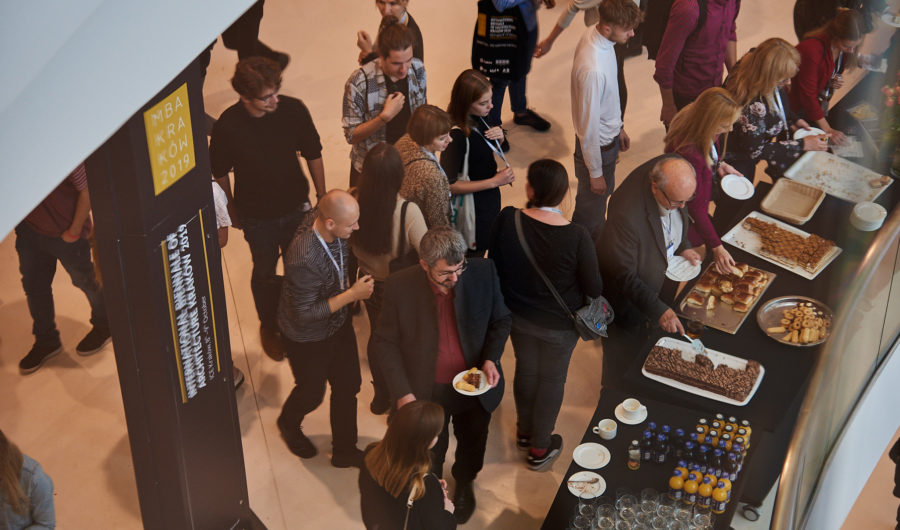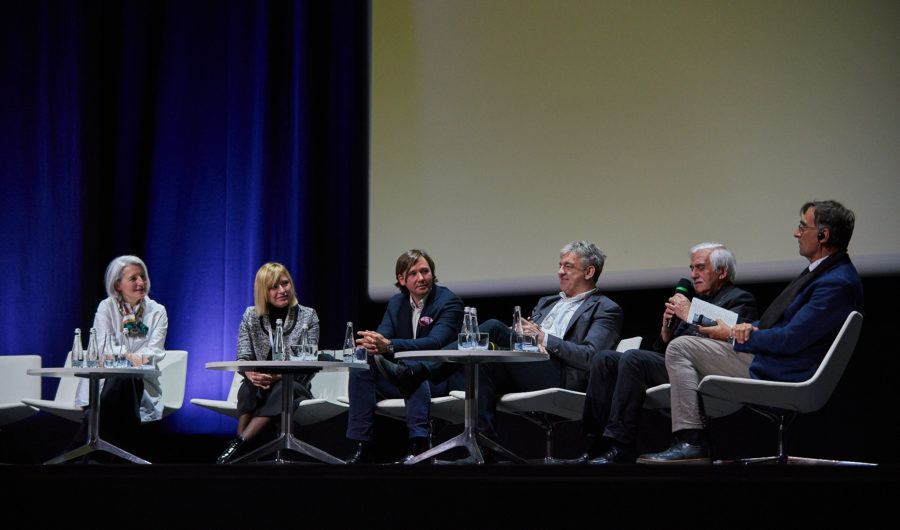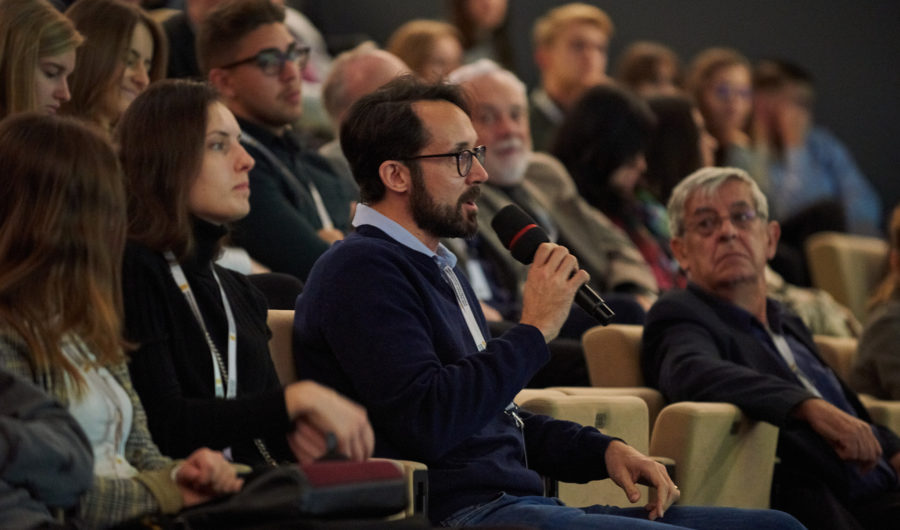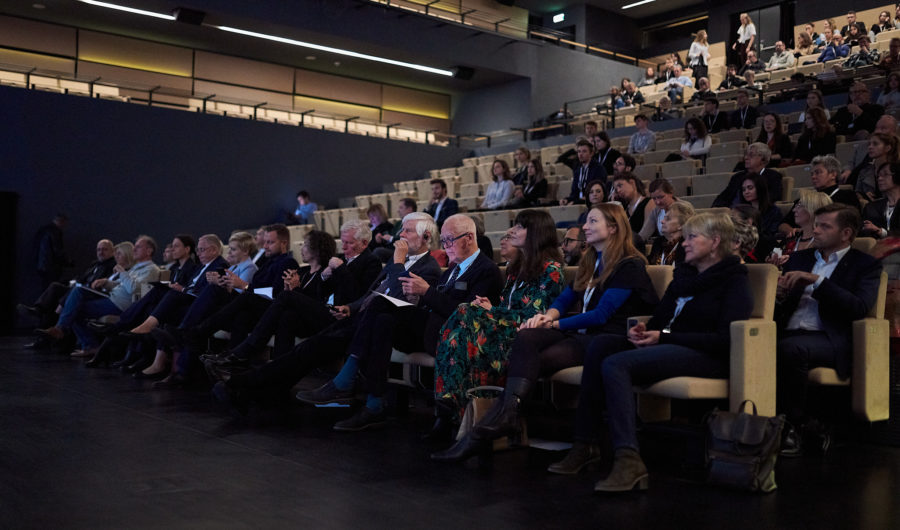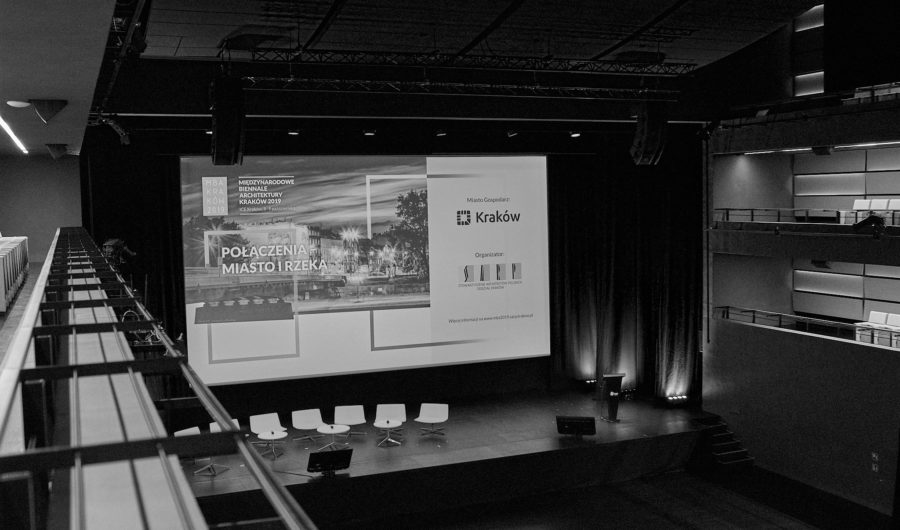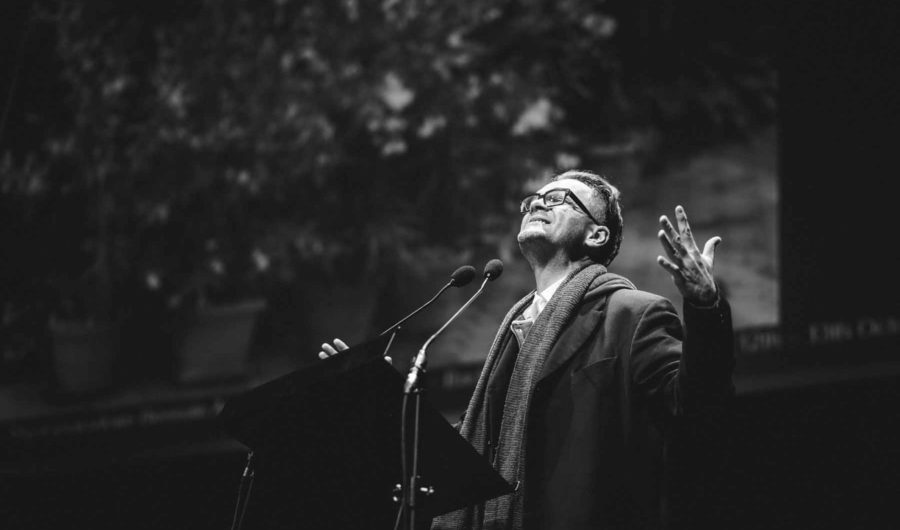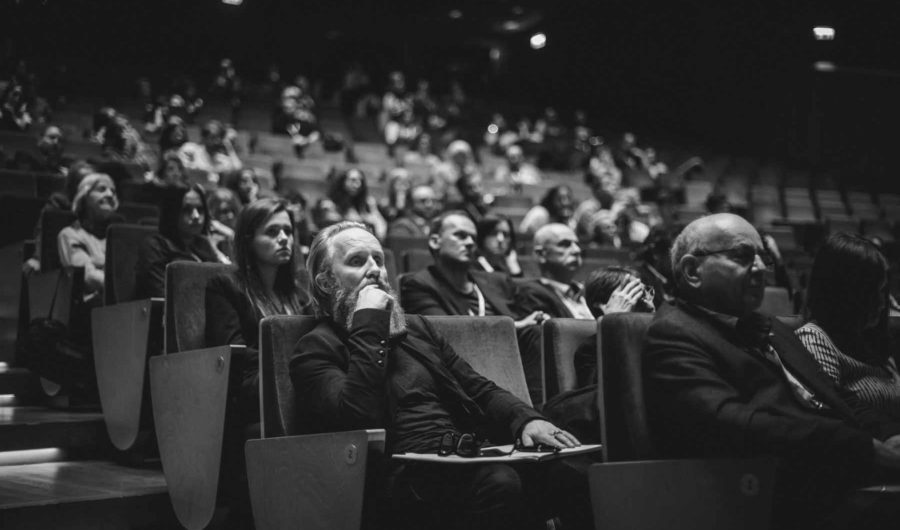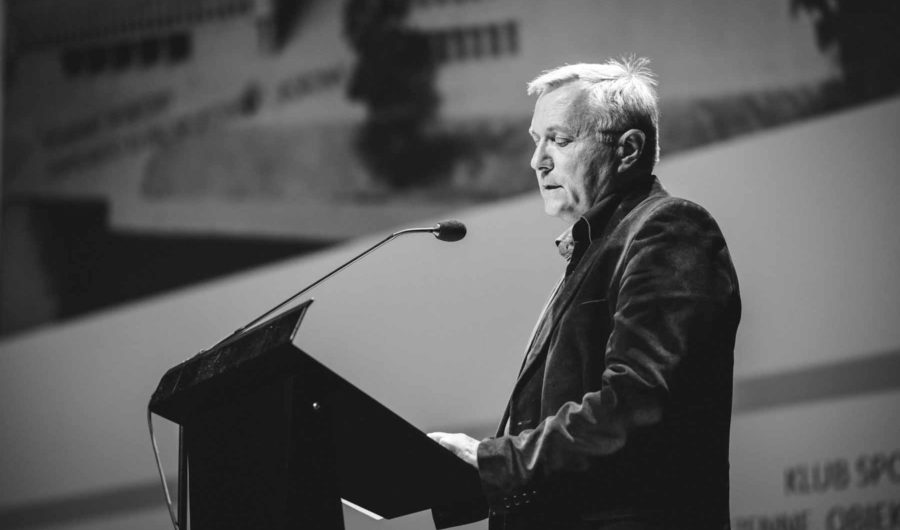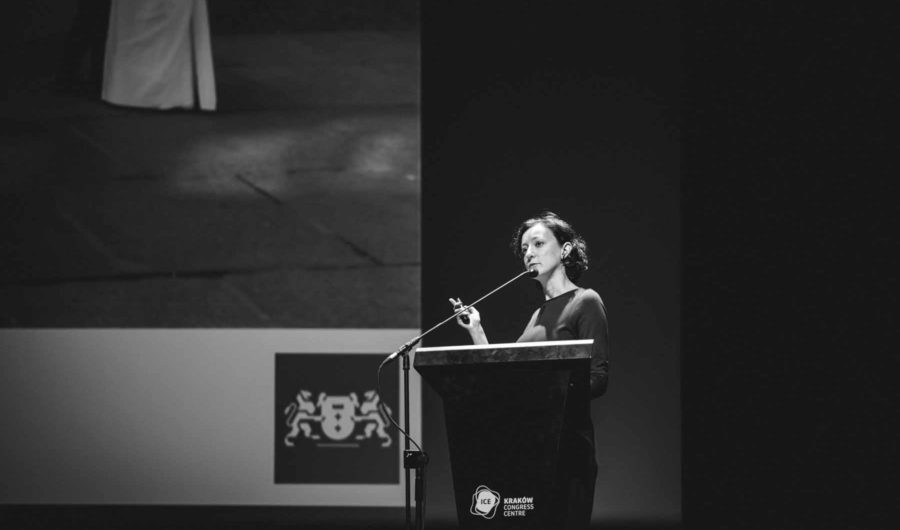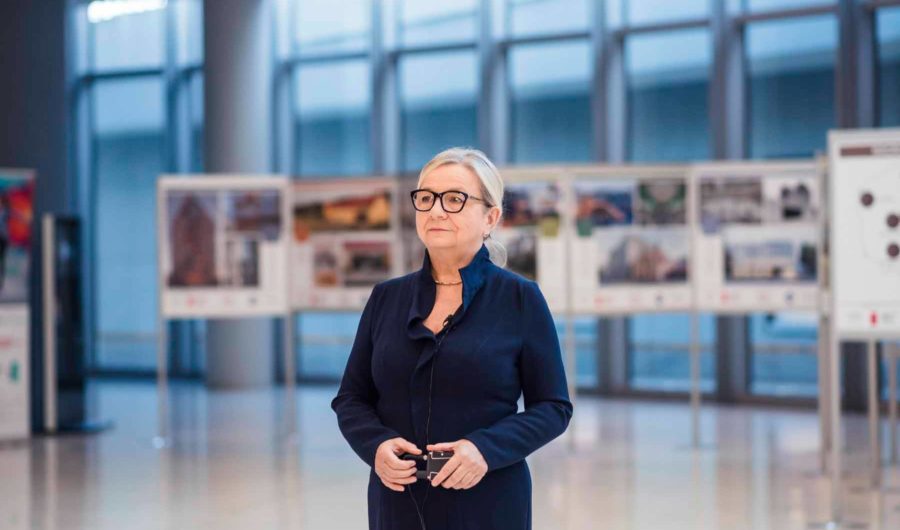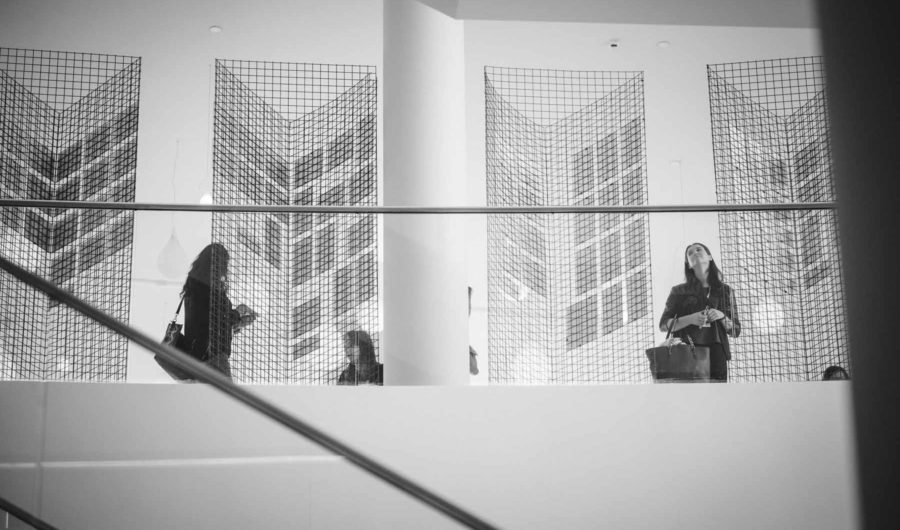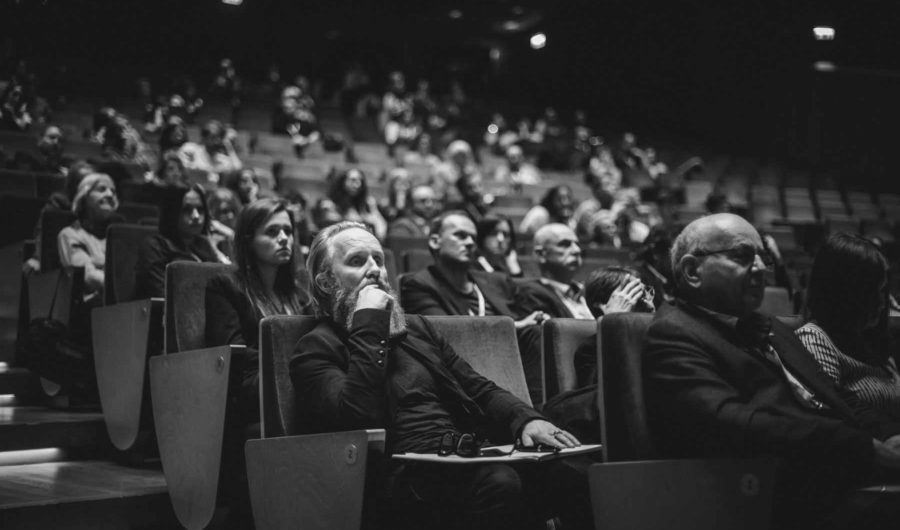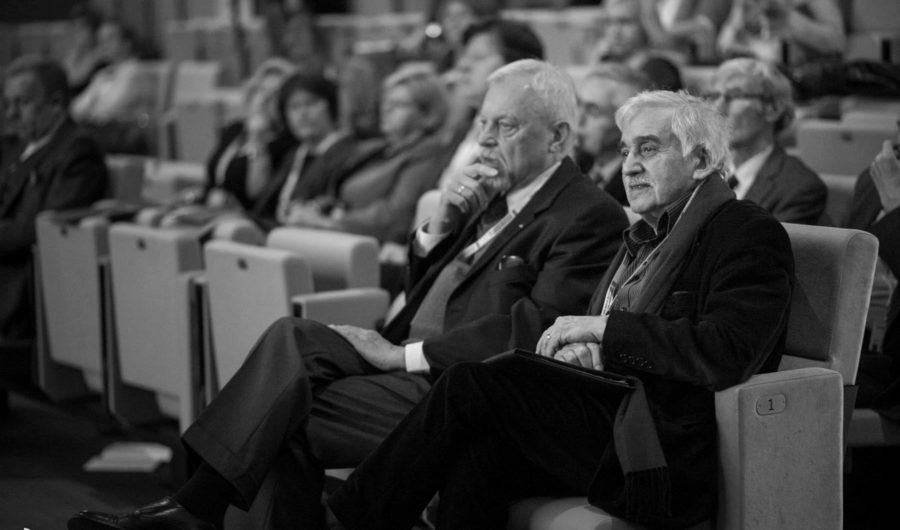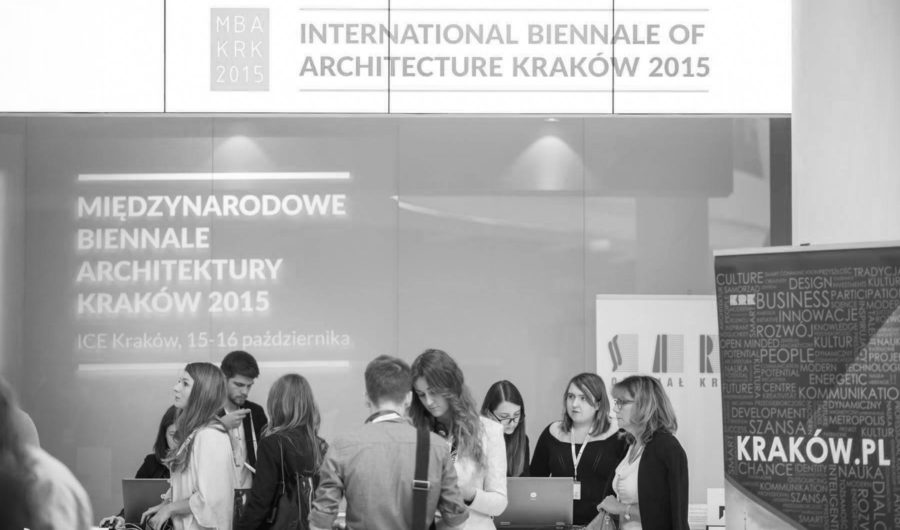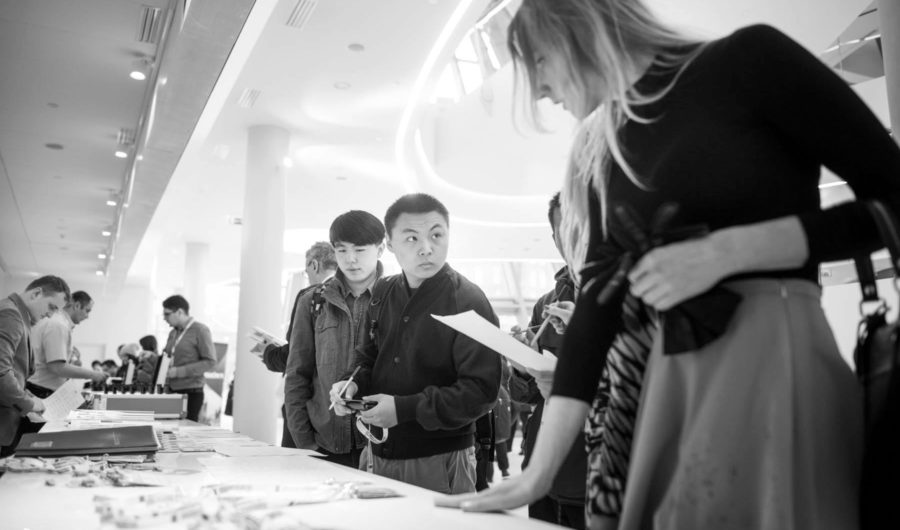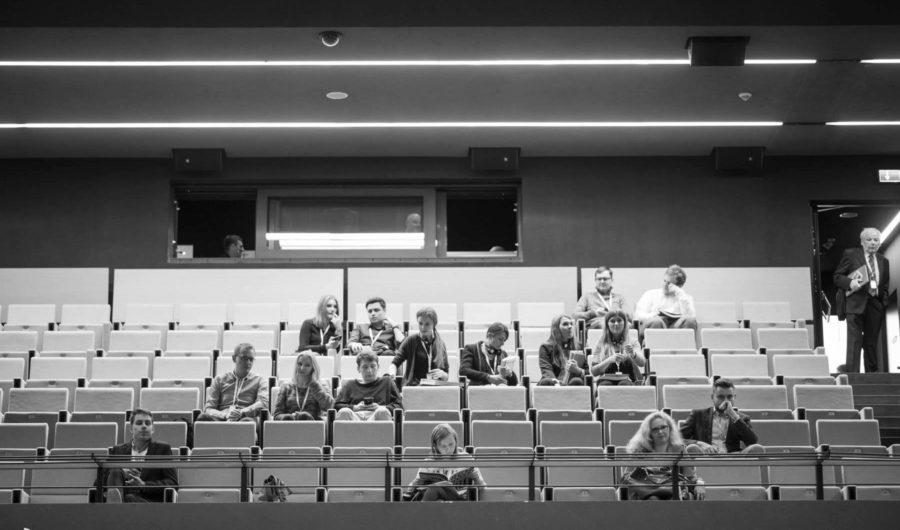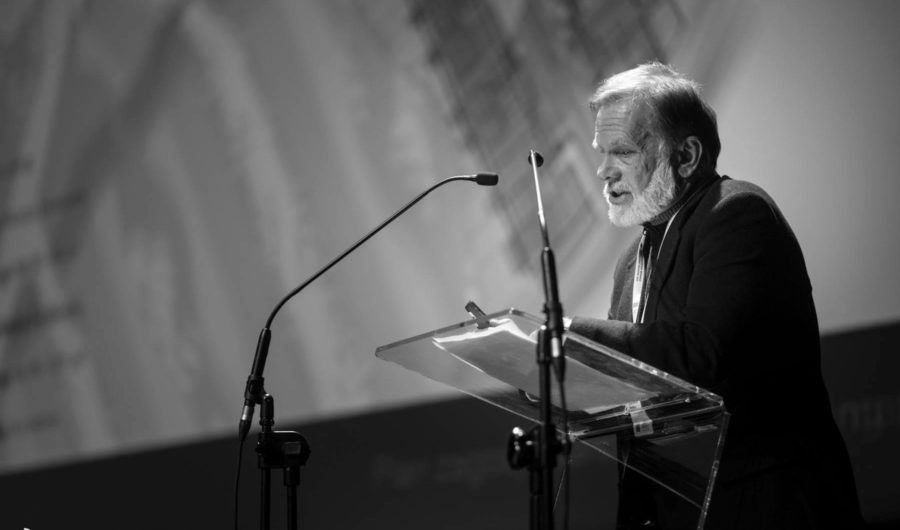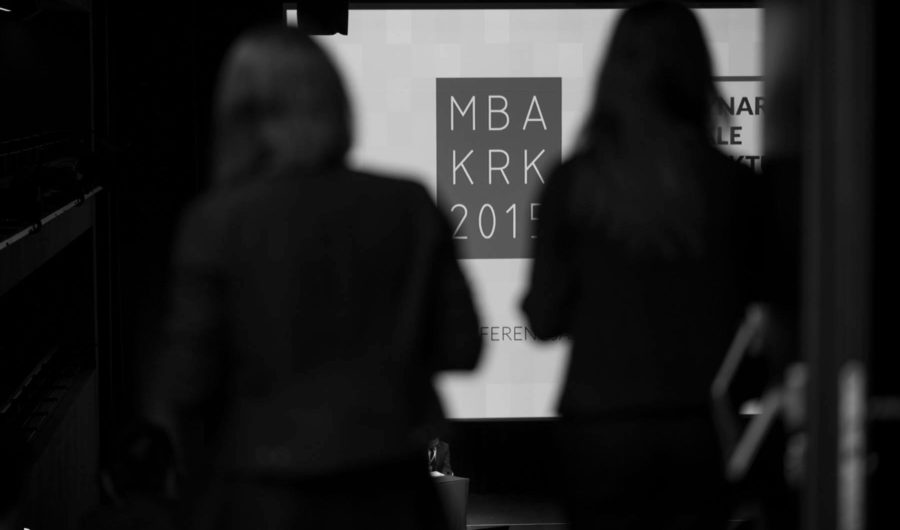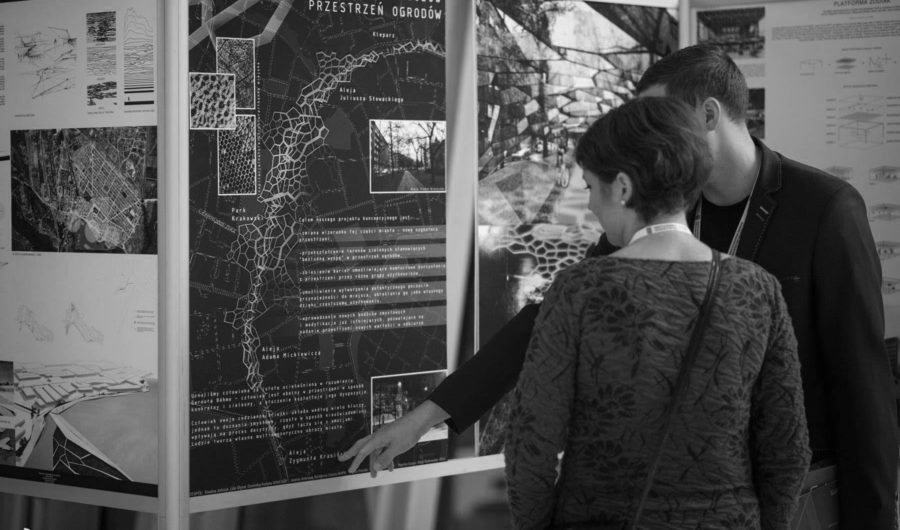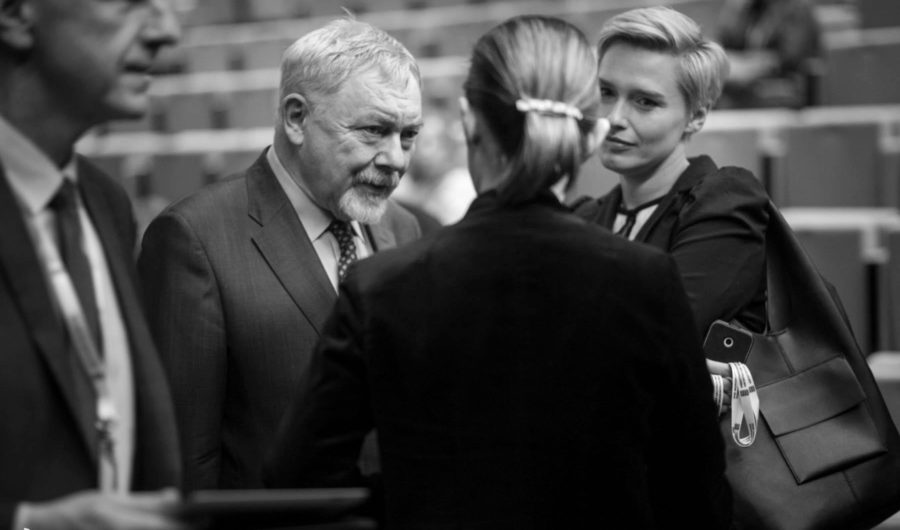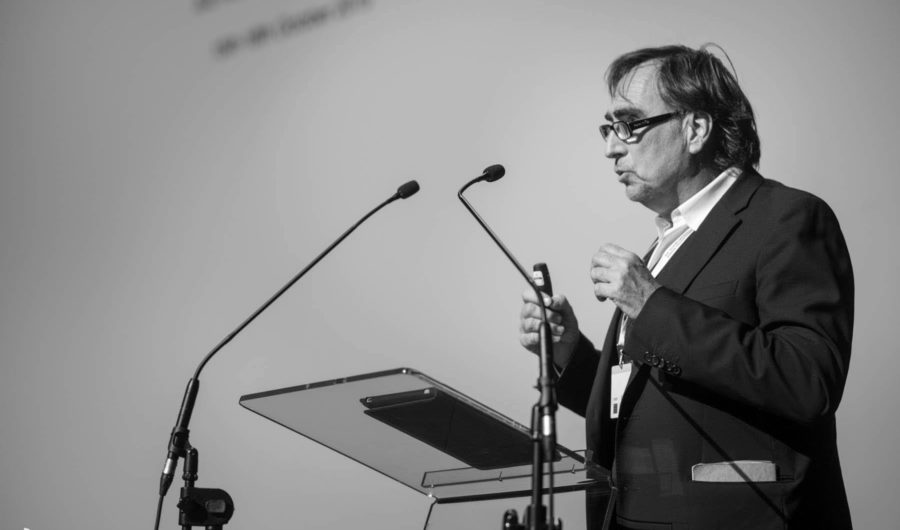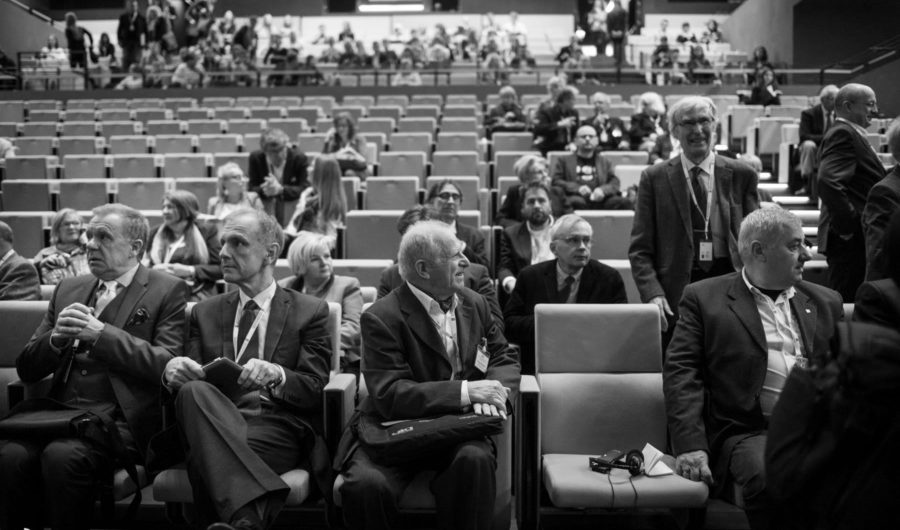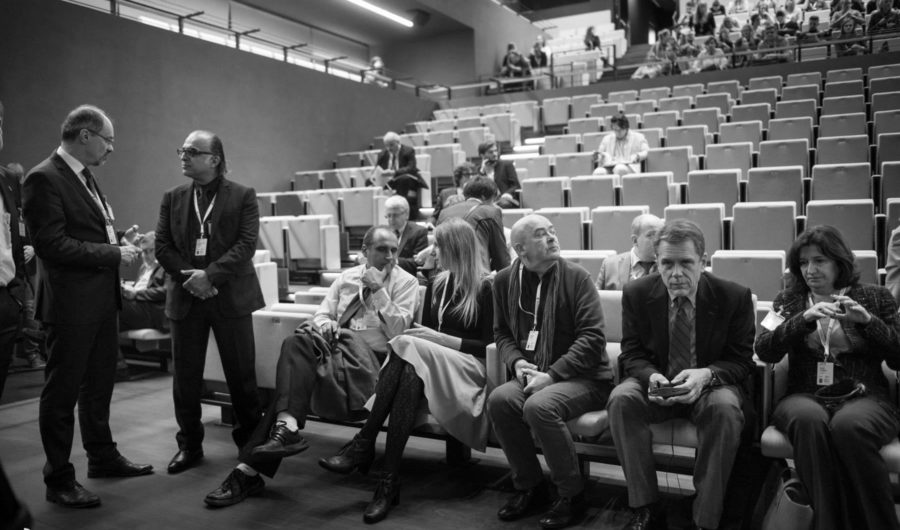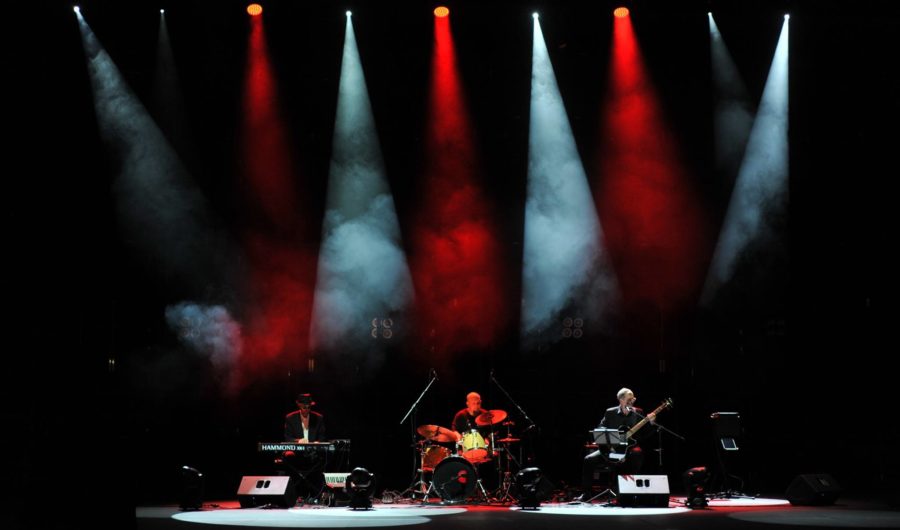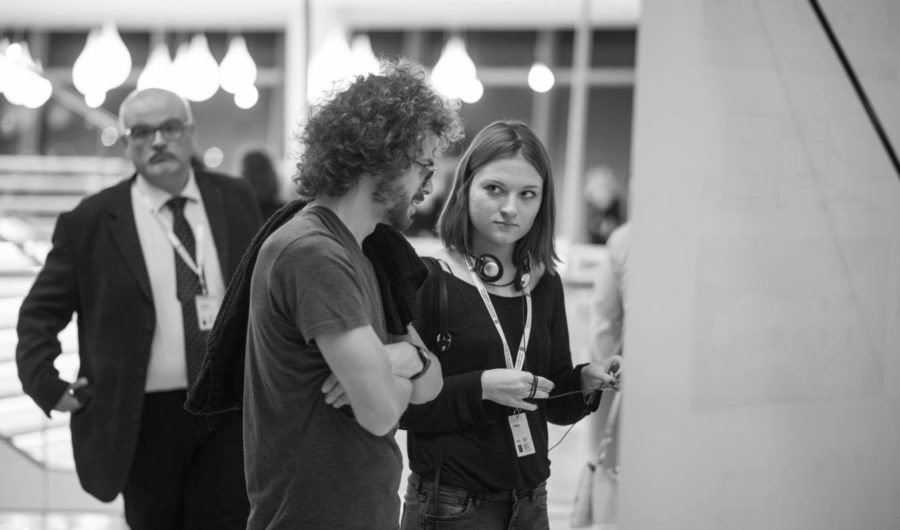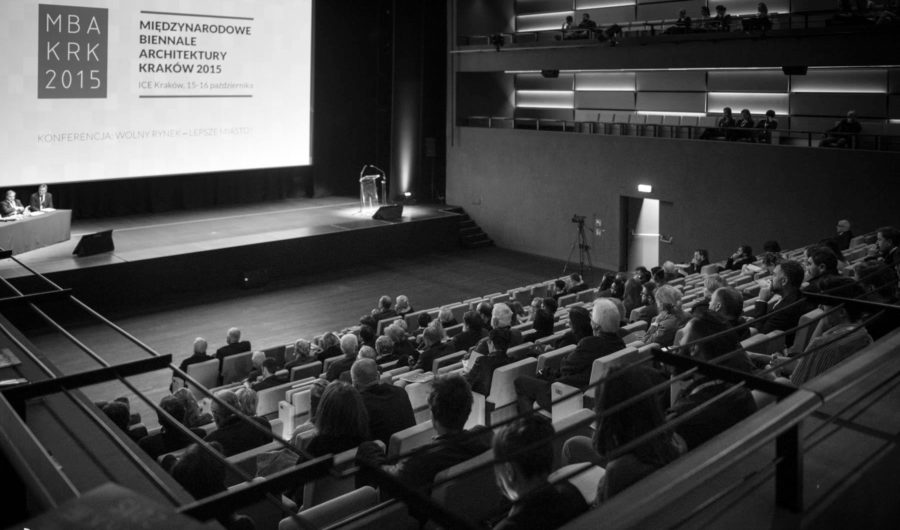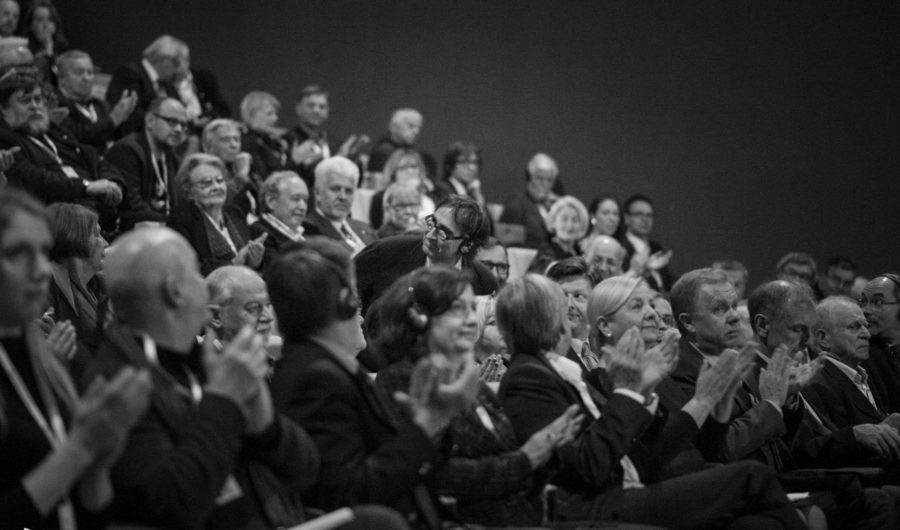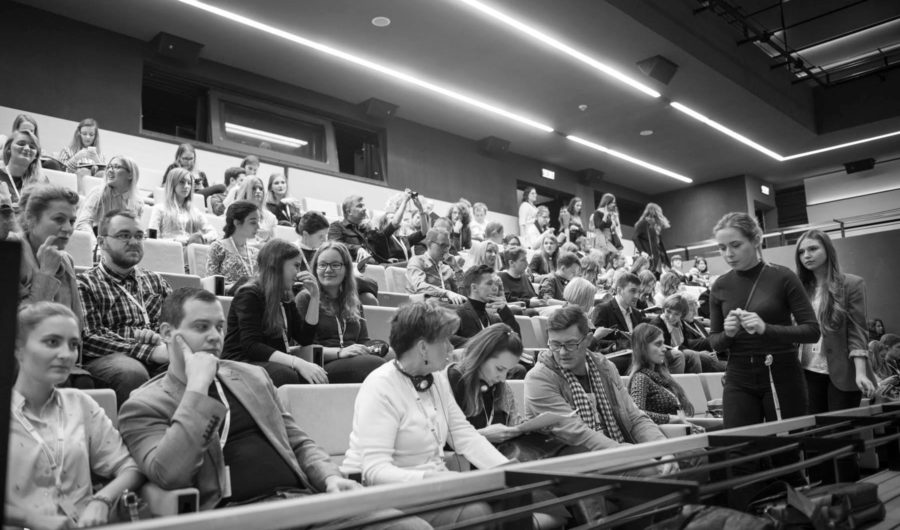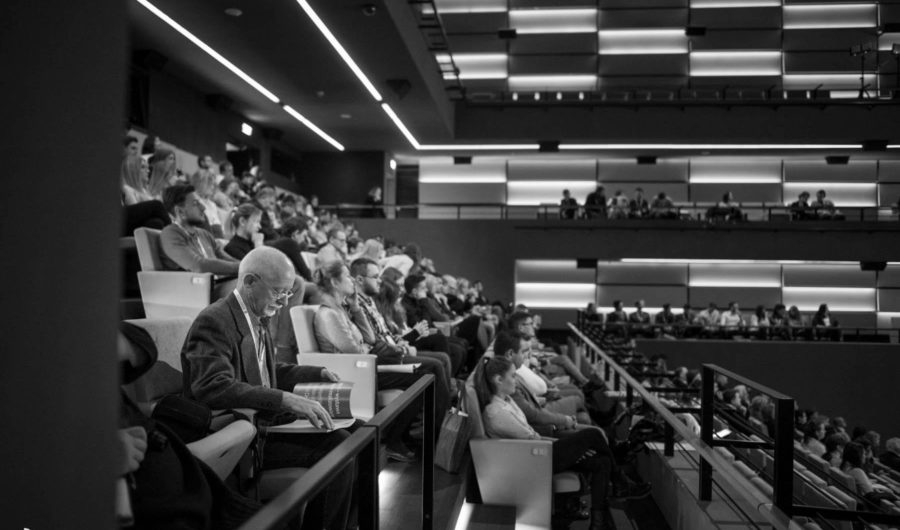History
History
of MBA in Kraków
The MBA is a cyclical event, taking place in Kraków since 1985. Each edition was a truly special forum for exchanging ideas and experiences amongst architects from around the world. The accompanying competitions, exhibitions, presentations and lectures are a unique attraction in this part of Europe for all those involved in architecture.
During the previous MBAs, the organised competitions were an opportunity to emerge also in the media space, valuable both for beginners and experienced architects from around the world. The projects were judged by prominent personalities such as Wojciech Leśnikowski, Pekka Salminen, Julia Bolles, Peter Wilson, Francesco Purini, Eckhard Feddersen, Günter Schuss, Hildebrand Machleidt, Armando dal Fabbro and Peter Cook. Previously, honorary guests of the exhibitions and seminars were Frei Otto, architects Herzog & de Meuron, Zvi Hecker, David Mackay, Dietmar Eberle, Peter Butenschøn, Claudio Nardi, Giovanni Multari, Viviana Muscettola, Andor Wesselényi-Garray and Rainer Mahlamäki. Winning entries have gained international publicity and have been documented in the MBA publication.
The uniqueness of this cultural event is also connected to its location. Kraków is a city recognised all over Europe. This success is owed mostly to the historical heritage, the most important part of which is architecture. In this very city there is a constant rivalry of the old with the new, historic with the contemporary, conservative with avant-garde. Architectural discussion seems to be inscribed in the essence of the city itself.
Since 2015, the MBA has been included in the regular calendar of events organised by the Municipality of Kraków. The MBA 2015 under the motto “Human dimension of urban spaces” has been a spectacular success, whereby the MBA Kraków 2017 whose title was “Backyard – field o imagination” has proven that one should continue and develop that systematic dialogue, opening it for new recipients. That last Biennale has also shown that the then introduced multimedia competition is an important platform, which was proven by the Biennale Grand Prix, the first that was won by a film: “The Cracovian art of chaos”. The winners were Janusz Bartkowicz and Marcin Koszałka.
The possibility to continue a long tradition of debate, engaging the local community in the current problems of contemporary architecture is also an opportunity to sensitise our city to the challenges of creating a friendly, developed urban environment. Continuation of the tradition of the International Biennale of Architecture is an arena of interdisciplinary activity of creative circles, influencing the level of architectural culture in Poland, popularising Polish architecture abroad and gaining experience from the achievements of other countries’.
